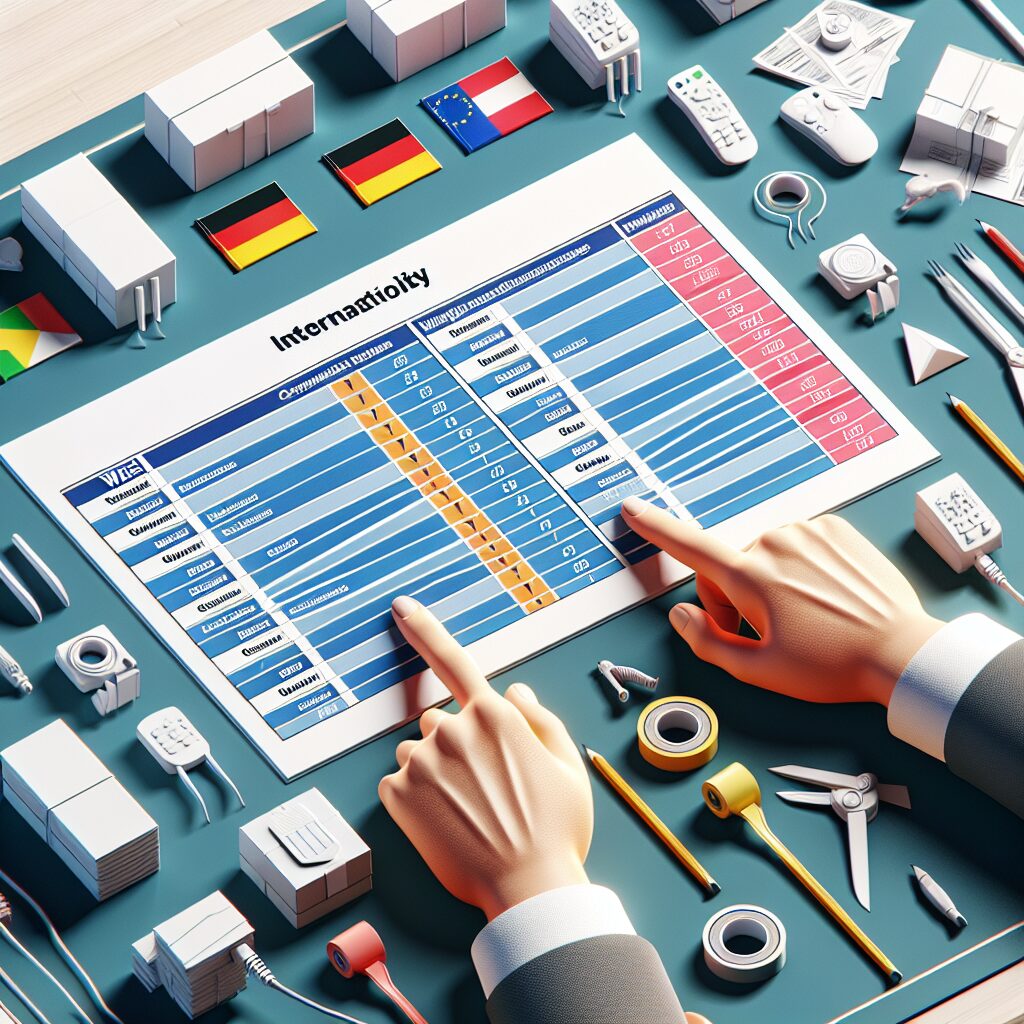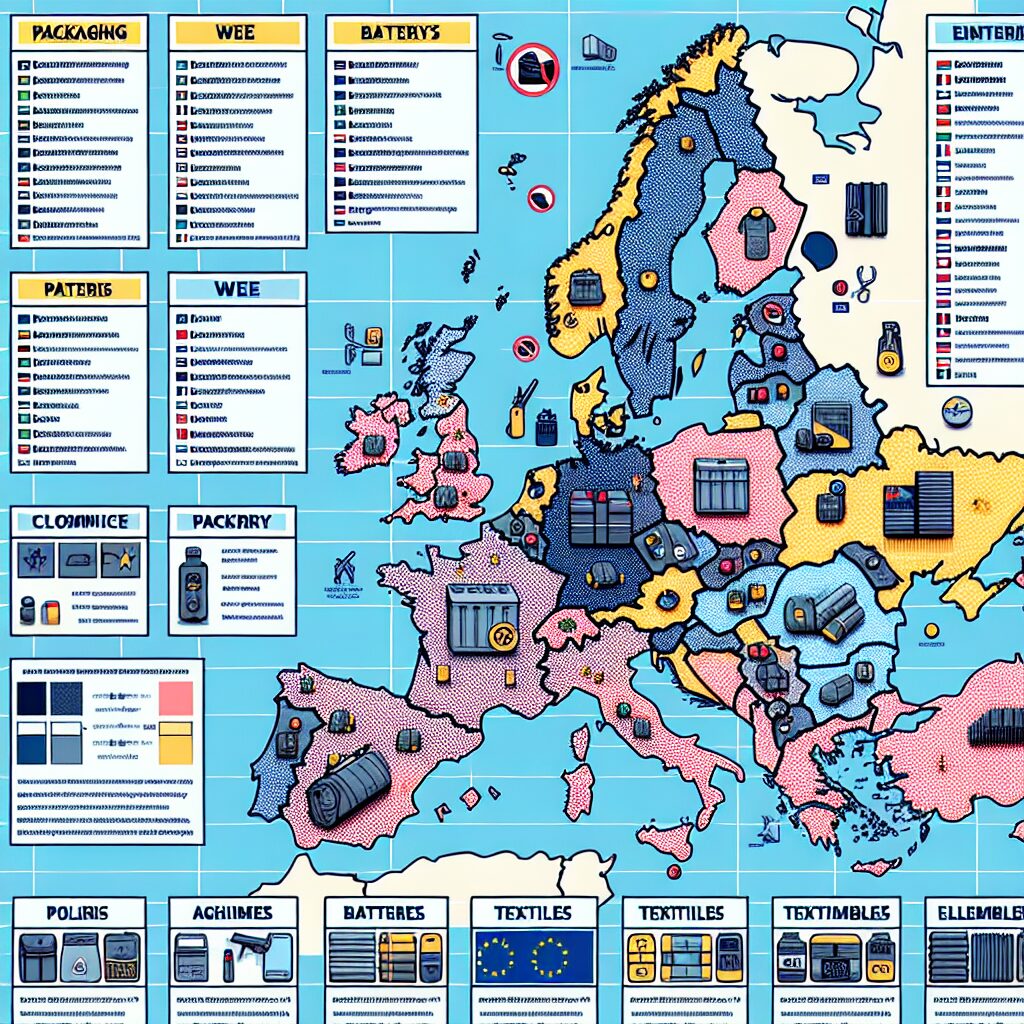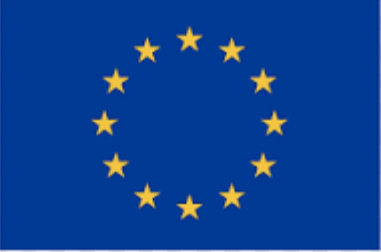About eldris
epr.eldris.ai leads the EPR sector, in fast, automated, AI Agent EU packaging, WEEE, and Battery Compliance for Brands, E-Commerce and Service based businesses expanding into the EU.
In This Article
- EPR Fee Calculation varies significantly by country, sector, and packaging attributes.
- Weight, volume, and material type are core fee determinants across most EU schemes.
- Eco-modulated fees reward sustainable design choices, such as recyclability and reusability.
- Producers must stay updated as harmonisation efforts and national reforms evolve rapidly.
- Digital compliance tools and automation greatly reduce both administrative burden and risk of errors.
- Smart EPR strategy impacts overall cost control, profitability, and brand reputation in the EU market.
Understanding the Basics of EPR Fee Calculation
How Extended Producer Responsibility Works in Europe
Extended Producer Responsibility (EPR) Fee Calculation is a crucial process that determines the financial obligations of producers for the end-of-life management of their products. Rooted in the “polluter pays” principle, EPR holds producers accountable for the collection, recycling, and disposal of packaging, electronics, and other regulated goods. Within the EU, EPR schemes are managed at the national level, with each country implementing its own compliance framework. These national systems rely on data such as material type, product weight, recyclability, and overall environmental impact to calculate the applicable EPR fees for participating producers.
Exploring the Range of EPR Recycling Fees Across Europe

National Variations: Country-by-Country Compliance Models
Differing Administrative and Reporting Structures
Each EU Member State operates distinct EPR schemes administered by Producer Responsibility Organisations (PROs), regulatory agencies, or private entities. Administrative differences manifest in various ways, such as reporting frequency, fee payment schedules, and penalties for non-compliance. For instance, France uses a highly centralised model led by approved eco-organisations, while Germany operates a more decentralised system where multiple PROs compete. Additionally, some countries mandate registration with government registries, while others delegate this role to authorised compliance schemes. This administrative heterogeneity makes cross-border compliance a significant challenge for multinational brands.
Understanding the Calculation of EPR Fees in the EU
“The complexity of EPR Fee Calculation increases exponentially for producers shipping goods across multiple EU jurisdictions.”—EPR Compliance Consultant, Brussels
Weight, Volume, and Material Type in Fee Setting
Fee structures are fundamentally influenced by the physical characteristics of the product packaging or item in question. One of the primary variables in EPR Fee Calculation is weight—the heavier the packaging, the higher the recycling and recovery cost. Volume also plays a significant role, especially when dealing with materials that consume considerable space relative to their weight. Material composition further complicates calculations. For example, aluminium and polyethylene terephthalate (PET) often bear lower fees due to their high recyclability and market demand. Conversely, composite materials or multilayer packaging trigger higher fees, given the complexities associated with their separation and reprocessing.
Factors Influencing Recycling Fee Differences in EU Countries
The Role of Local Recycling Infrastructure Costs
Recycling infrastructure costs vary considerably across Member States, and these variances have a direct impact on EPR Fee Calculation. In regions where recycling facilities are widespread and technologically advanced, operational efficiencies yield lower per-unit management costs. As a result, producers face relatively modest EPR fees. Alternatively, countries with outdated or sparse infrastructure may impose higher charges to offset the cost burden. These costs include the logistics of waste collection, manual sorting, facility maintenance, and residue management. What’s more, local landfill restrictions, energy recovery capacity, and contamination rates all shape how costly it is to manage waste streams—details often reflected in the national EPR pricing structures.
The Impact of Packaging Materials on EPR Costs
Fee Modulation Strategies Across the EU
One of the most sophisticated developments in EPR schemes is fee modulation—the adjustment of fees based on the environmental performance of products. With mounting pressure to meet the EU’s Circular Economy goals, Member States are increasingly introducing eco-modulated fees to incentivise sustainable product design. That means a producer may pay less if its packaging is recyclable, reusable, or contains post-consumer recycled content. On the other hand, penalties apply for materials difficult to recover or products lacking proper sorting instructions. France spearheaded this movement through its AGEC law, and similar mechanisms are being adopted in Italy, Belgium, and the Netherlands. Fee modulation ensures that EPR Fee Calculation reflects environmental impact in concrete monetary terms.
Assessing the Effectiveness of EPR Schemes for Packaging Waste in Europe
Sector-Specific Compliance Requirements
Divergence in EPR Fee Calculation is not only geographical but also sectoral. Different product categories are governed by unique directives and frameworks. For packaging, EU Directive 94/62/EC mandates Member States to establish obligations around sorting, labelling, and recoverability. In the WEEE space (Waste Electrical and Electronic Equipment), calculation is based on product size, material class, and anticipated disposal risks. Textile producers are now entering the EPR landscape, with France and Spain requiring reporting and funding obligations. Each sector exhibits its own dynamics and fee progression patterns, making it vital for producers to understand their specific category’s lifecycle impacts and regulatory benchmarks. For tailored advice, businesses can consult Learn more about Extended Producer Responsibility in Europe.
Global Trends in Plastic Waste Recycling and EPR Laws
Harmonization Efforts and Challenges in the EU
Efforts to harmonise EPR schemes across Europe seek to streamline reporting, data collection, and fee mechanisms. The European Commission has launched initiatives aimed at standardising data formats, aligning fee modulation parameters, and centralising producer registration portals. However, despite these ambitions, challenges persist. The principle of subsidiarity allows each Member State to retain control over its environmental legislation. As a result, certain countries move faster or interpret EU directives differently, leading to a patchwork regulatory environment. Harmonisation remains a work in progress, requiring robust dialogue between national authorities, industry groups, and environmental NGOs. Producers navigating multiple jurisdictions will find centralised digital compliance tools increasingly valuable. Many of these are covered in Read a related article.
A Comprehensive Overview of Extended Producer Responsibility (EPR)
Case Studies: High vs. Low Cost EPR Countries
To illustrate the disparity in EPR Fee Calculation across Europe, real-world case studies are invaluable. Germany, with a competitive PRO ecosystem and invested infrastructure, boasts relatively stable and predictable fee schedules. In contrast, Poland’s evolving legislation and inconsistent enforcement have created volatile and often higher cost scenarios for producers. Similarly, Spain’s decentralised reporting system makes compliance particularly labour-intensive, increasing administrative overheads. On the opposite end, Belgium’s Fost Plus provides one of the most transparent and cost-effective frameworks due to high recycling rates and industry collaboration. Studying these divergences provides producers with valuable benchmarks for international planning and budgeting.
Recent Research on Plastic Pollution and EPR Initiatives
How Producers Can Reduce Their EPR Costs
Brands can actively reduce their EPR liabilities through both design choices and operational strategies. Lightweighting packaging is an obvious first step, as it directly lowers costs tied to weight-based fees. Switching to mono-material solutions enhances recyclability, potentially unlocking fee reductions under modulation systems. Furthermore, producers should audit their existing packaging lines to identify materials that are penalised under national schemes. Where possible, incorporating recycled content or biodegradable materials also yields financial and branding benefits. Beyond packaging, accurate data submission and timely reporting prevent penalties and late fees. Partnering with compliance consultancies can help producers proactively identify and resolve cost-driving inefficiencies. For an overview of sustainable material sourcing, refer to ScienceDirect analysis of recycling fee dynamics in EPR schemes.
Compliance Tools and Automated Solutions for Brands
As EPR regulations grow more complex, digital compliance tools have become essential for forward-looking brands. Software platforms now offer automated EPR Fee Calculation, real-time fee forecasting, jurisdictional mapping, and audit readiness tracking. These tools support seamless integration with ERP systems and reduce manual errors in data filing. Additionally, multi-country compliance dashboards can centralise reporting tasks, help monitor fee trends, and ensure documentation is always regulator-ready. Some platforms also include AI-powered packaging simulators that optimise design attributes for lower EPR costs. The increased availability of automated systems helps businesses not only comply but also strategise effectively within the EPR framework.
Implications for Product Pricing and Profit Margins
EPR fees, though designed to reflect environmental externalities, have direct implications on product-level cost structures. For brands operating on tight margins, increases in EPR-related expenses may necessitate price adjustments or streamline packaging features to offset rising compliance costs. In highly competitive consumer sectors, pricing flexibility is limited, pushing producers to seek internal efficiencies. Procurement, design optimisation, and waste management partnerships therefore become crucial. Understanding and projecting EPR Fee Calculation helps businesses plan accurately and protect profit margins while aligning with sustainability goals. Companies that align environmental and financial strategy through proactive EPR modelling are best placed to thrive in an increasingly circular economy.
Conclusion: Optimizing for Transparency and Cost Efficiency
[CONCLUSION_CONTENT]
Great guide on why-recycling-fees-vary-across-epr-schemes-in-the-eu-understand-the-fee-setting-mechanics-behind-national-epr-schemes-and-what-drives-cost-differences-across-materials-sectors-and-countries – Community Feedback
How does the EPR policy increase recycling rates?
EPR policy has been shown to significantly raise recycling rates, in some jurisdictions boosting rates by up to 48 percentage points and reaching as high as 75% by making producers responsible for supporting advanced waste management and recycling infrastructure.
What is the EU regulation for recycling?
The EU introduces new packaging and recycling regulations with set deadlines for compliance, requiring producers to register and contribute to collection, sorting, and recycling costs in each member state.
What is the EPR system for recycling?
The EPR system makes producers responsible for the end-of-life management of their products, motivating them to design more sustainable products and support recycling processes as part of compliance.
How are EPR fees calculated?
EPR fees are determined by the type of material, packaging weight or volume, and national scheme mechanics. Costs can vary widely between countries and materials due to differing collection targets, recycling infrastructure expenses, and administrative approaches.










